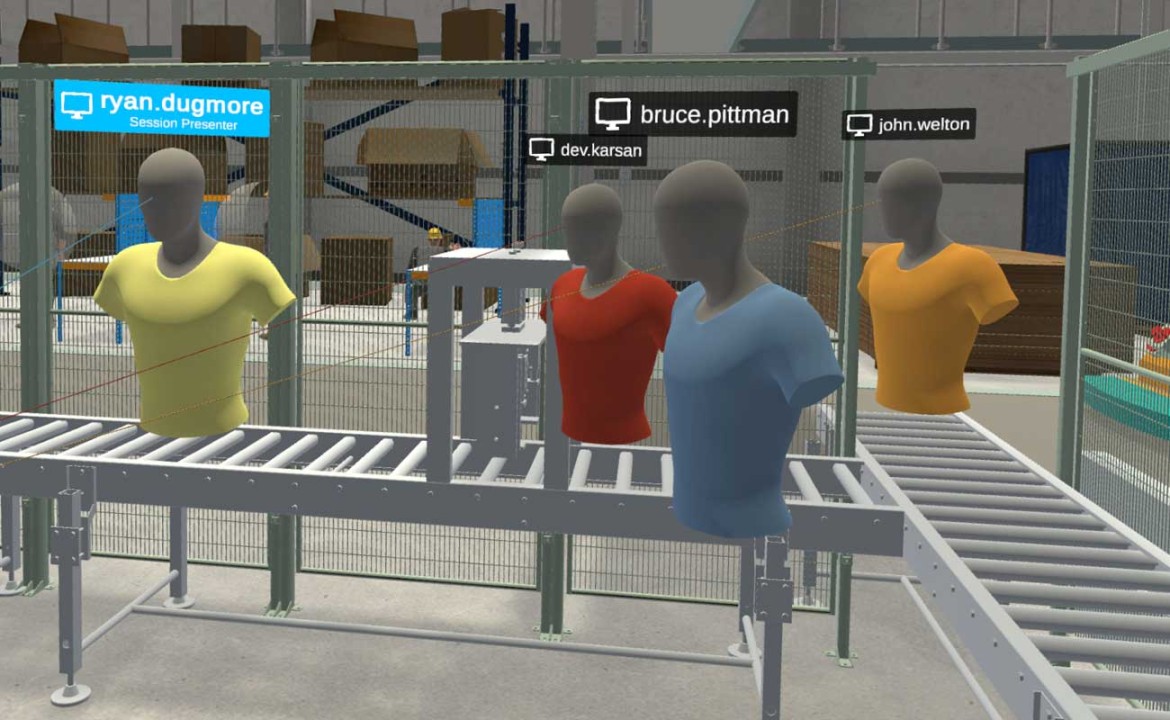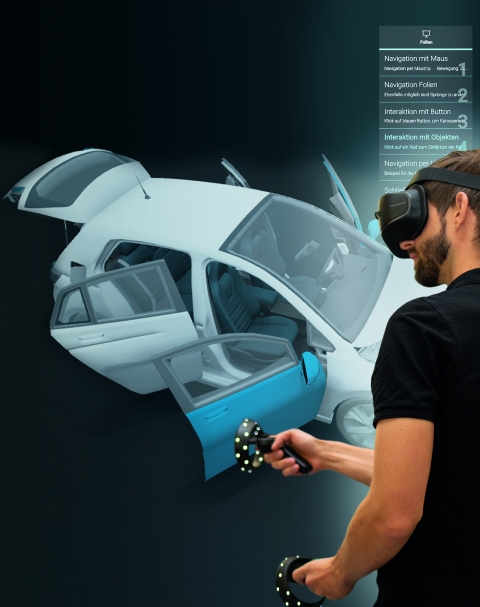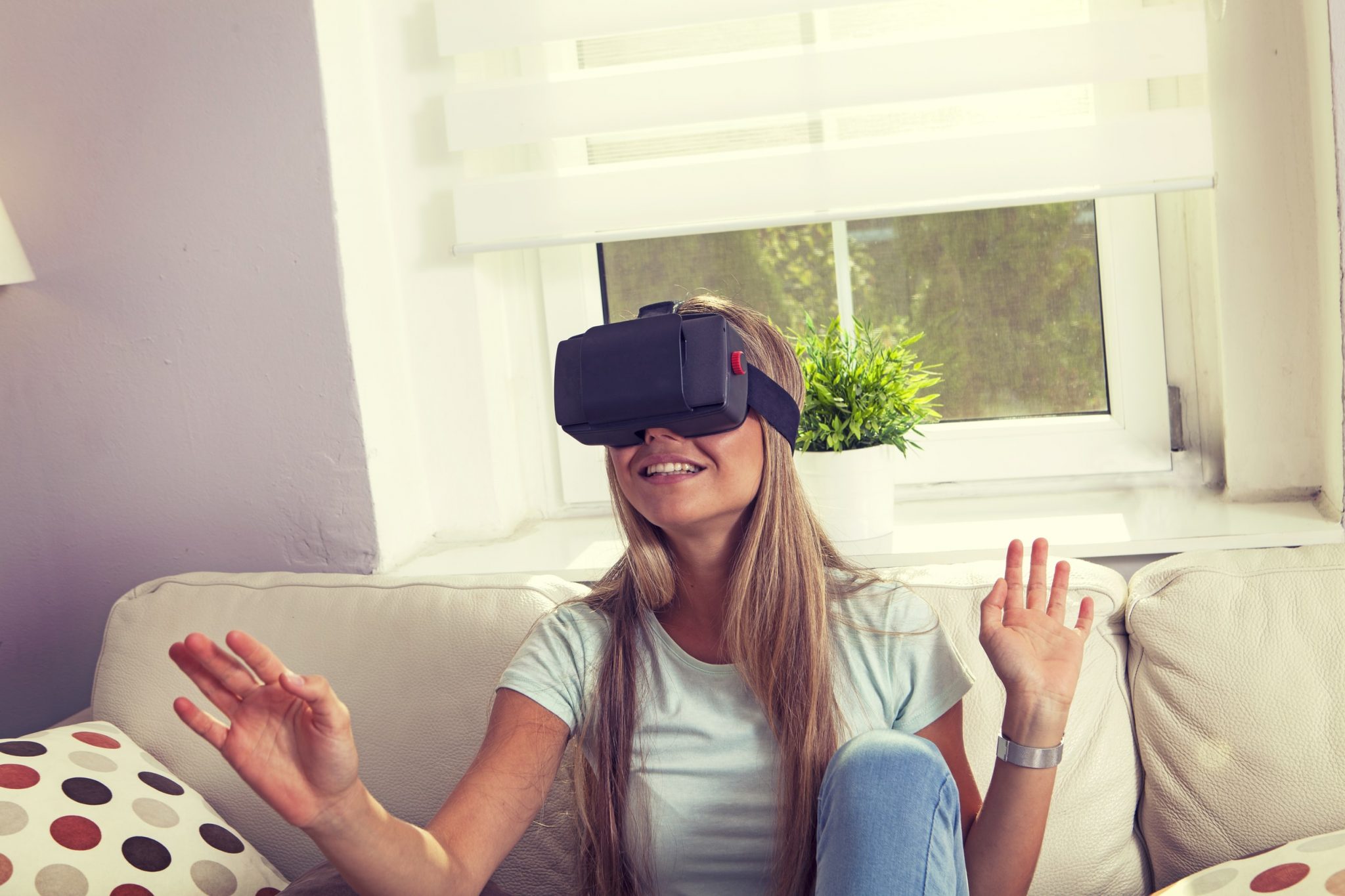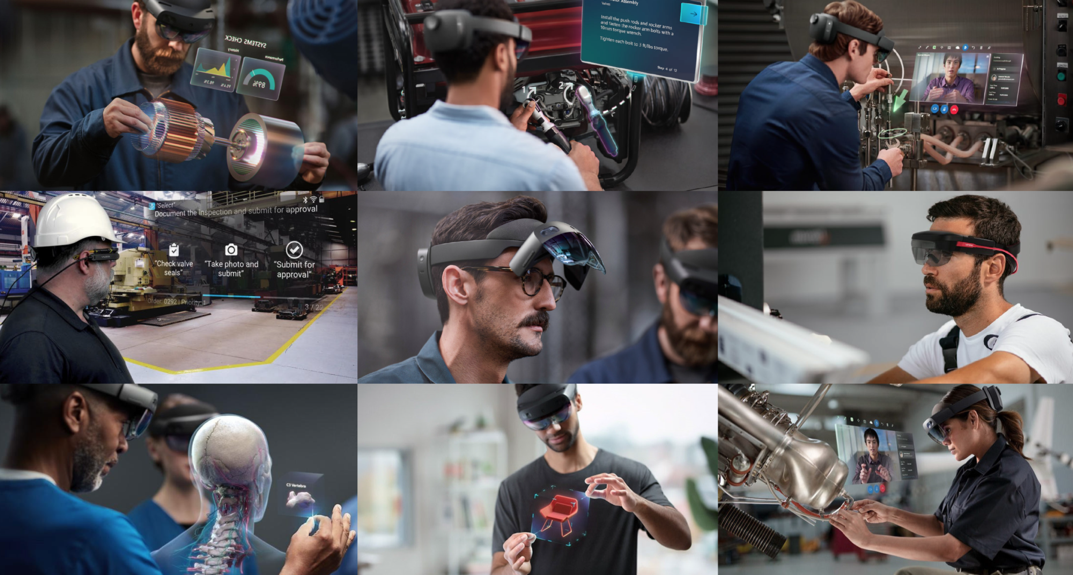This edition of 3D Focus will be looking into how Extended Reality (XR) can enhance collaborative meetings, providing an immersive experience for users. In engineering and manufacturing, digital collaboration is an essential part of the design and manufacturing process. The importance of collaborative working through digital channels was highlighted during the COVID-19 pandemic and many people have continued to opt for remote working.
But even before lockdowns gave rise to working from home, collaboration between globally distributed teams required some degree of remote communication. However, remote collaboration does not remove the need for physical interaction.
Reduce the Need for In-Person Meetings
Despite increasing remote working, there are still benefits to office work. In the “Working from Home Around the Globe: 2023 Report” conducted by EconPol that surveyed employees on their opinions about working from home, the main benefits of working on the businesses’ premises are socializing with co-workers (said by 62% of participants) and face-to-face collaboration (said by 54.4% of participants). Talking with co-workers and collaborating in person can make it easier to generate ideas, uncover issues, and brainstorm solutions.
However, with the popularity of remote work increasing how can businesses combine the benefits of office working and working from home? Extended Reality (XR) allows for more effective collaboration and is more interactive than typical video calling with applications like Microsoft Teams and Zoom that has become the norm. Although XR may seem like a niche market its popularity continues to grow. In fact, IMARC reports that the XR global market size reached US$ 92.5 Billion in 2023 and is expected to grow 39.2% throughout 2024.
When reviewing 3D data using an XR device, users can visualize, engage, and interact with their design data at full scale and in context, which is more intuitive than having to interpret 3D data viewed on a screen. This disconnect between viewing 3D models on a 2D screen is known as the “cognitive gap”. XR is a great way to close this gap, allowing users to fully understand their 3D design data.
Because of this, XR can significantly reduce the need for in-person meetings. It allows fully remote workers and globally distributed teams to collaborate, while also being able to visualize CAD models in 3D and at full scale. As a result, time and money can be saved on travel where previously an in-person meeting would be necessary.

Design reviews are an excellent example of this. The ability to review 3D CAD data at full scale allows users to conduct design reviews that would previously have required a physical early-stage prototype. The model can be manipulated, and all users can visualize the same model in real time from their point of view. This means that XR can facilitate remote design reviews as well as enhance in-person collaborations.
In-Person Collaboration
XR can also be used when all participants are in the room together. XR makes it easier to understand and contextualize the data compared to just viewing it on a computer. It also offers the capability for any user to manipulate the data while everyone views the model at the same time. This visual reference can make it easier to explain concerns and ideas, which results in issues being pointed out and design changes being made earlier in the production process.
Bridging the Communication Gap
Working from home has become a popular option with the Office for National Statistics reporting that 40% of working adults did some degree of home working at the beginning of 2023. It was also found that parents of a dependent child were more likely to work from home, suggesting that people who may require more flexibility seek out jobs that offer remote work opportunities.
While remote work offers benefits like improved work-life balance, communication challenges can arise. XR addresses these gaps, providing an immersive experience that eliminates the disconnect of computer-based interactions. XR’s interactive nature makes remote work as engaging as in-person meetings, offering a more viable option for remote collaboration.
Since XR is fully immersive, there is no feeling of disconnect like there is when interacting with people through a computer screen. In XR, everyone can engage with the same data rather than a single person sharing their screen and controlling what everyone else sees; this can help alleviate confusion when trying to describe a specific aspect of a design. This means that remote work utilizing XR devices and applications can be as interactive as an in-person meeting, making remote working more engaging, closer to in-person meetings, and offers a more viable option for remote collaboration with changes being made in real time.
Valiant TMS Use Cases
Valiant TMS are an excellent example of how using Extended Reality can aid in collaboration. Valiant TMS have been using TheoremXR for a wide range of different use cases and have witnessed firsthand the difference XR can make in connecting teams.

“The multi-user environment design review” and “remote expert” are two significant ways XR was used to bring a team together in a virtual environment for training and design reviews. XR allowed Valiant TMS to provide support to in-plant maintenance personnel with equipment builds, troubleshooting, and repair.
Alongside conducting remote design reviews, Valiant TMS have also been using TheoremXR to train new teams in other countries. By utilizing the virtual environment XR provides they trained a team in India completely remotely. And since this virtual environment is immersive, they found it much easier to convey important new information and guidance than it would have been with a video call.
Another use case Valiant have found with TheoremXR is the ability to conduct design inspections for tools that are built in a different place to where they were designed. Designers and engineers can collaborate with the build site to review the tools and identify any errors before they are shipped.
Final Thoughts
As remote working remains very popular, it’s important to find new ways of collaborating digitally. Remote working comes with many benefits including increased productivity and better work life balance; however, many people feel like communicating through a screen is not interactive enough.
XR is an excellent solution, offering immersive experiences that bridge communication gaps, facilitate remote meetings, and enhance collaboration across distributed teams.
3D Focus explores a wide range of engineering and manufacturing topics; discussing Extended Reality, 3D PDF, and CAD Translation. Remember to subscribe to the 3D Focus newsletter to be kept up to date with new editions.
Quelle:




